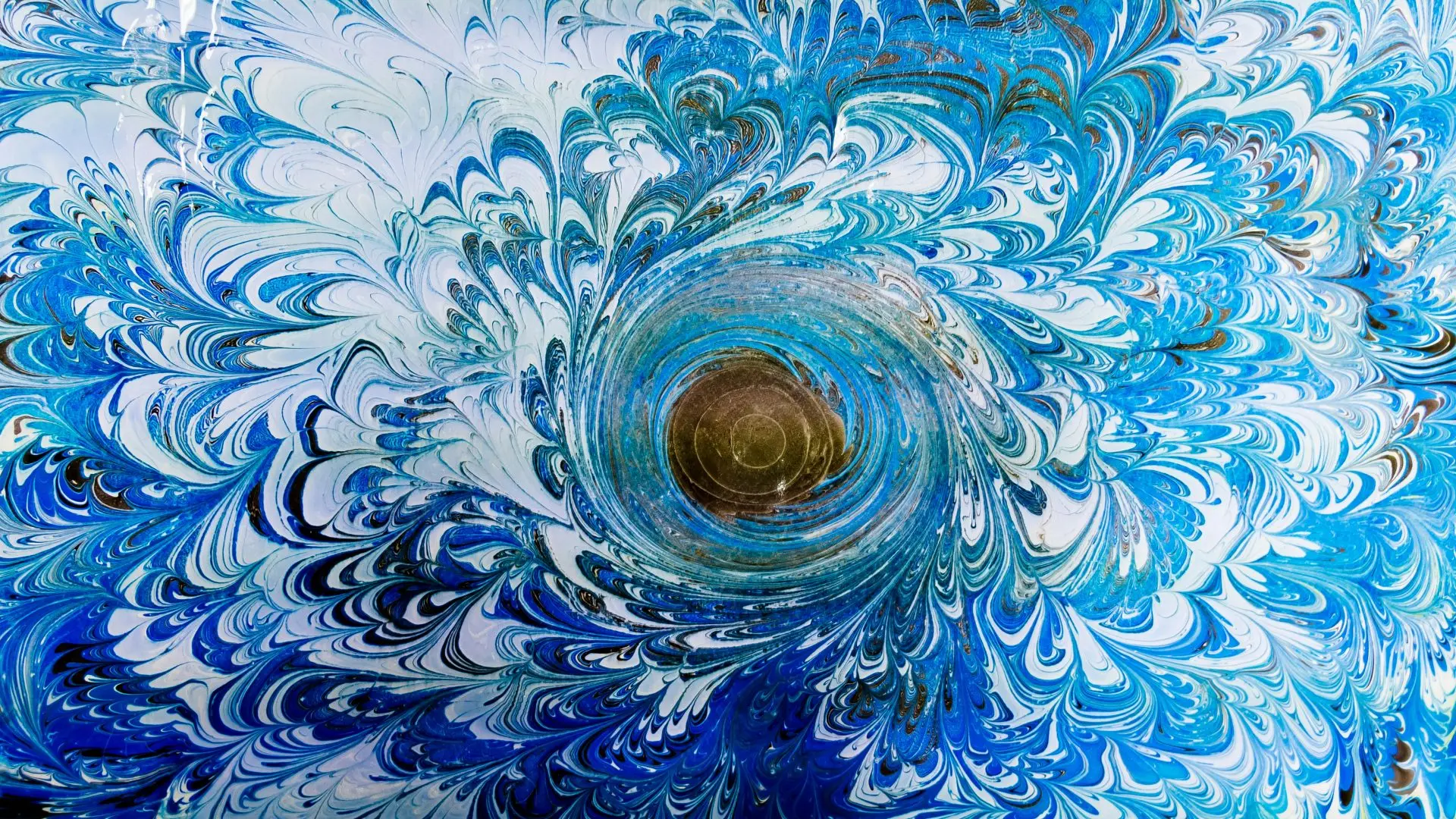How to Safely Feed Wild Birds in Your Area

Looking for more amazing products? Check out our online store and explore our collection here! Happy shopping!
Before diving in, please note: This post is for informational purposes only. If you’d like to know more about how we approach topics, feel free to check out our friendly Disclaimer Page.
Hey there, amazing readers! 
We’re committed to delivering quality posts, and your support (even just sticking around despite the ads) means everything to us. So, bear with us, and thanks for helping us keep the good vibes rolling. Now, on to the fun stuff!
TRANSLATE BUTTON AT THE END OF THE ARTICLE
A Quick Overview
Feeding wild birds can transform a mundane garden into a vibrant and lively space.
Watching these feathered friends flit about brings joy and a deeper appreciation for nature.
However, it’s not just about tossing seeds outside and hoping for the best.
There are thoughtful ways to engage with our avian visitors safely and responsibly.
This article dives into how we can effectively feed wild birds in our areas while promoting their health and safety.
Why Feeding Wild Birds Can Be a Joyful Experience
Feeding wild birds is like opening a window to nature’s theater.
Each visit offers a new performance.
I remember the first time I placed birdseed in my backyard.
Within minutes, a pair of cardinals showed up, their vibrant red feathers a striking contrast to the green trees.
It’s moments like these that remind me why I love birdwatching.
These interactions enrich our lives.
They allow us to witness the fascinating behaviors of different species.
From how blue jays strut around to the delicate manner in which chickadees grab seeds, it’s all captivating.
Plus, feeding birds can be a family affair.
I often involve my kids in selecting seeds or building feeders.
It fosters a connection with nature and teaches them about wildlife conservation.
Moreover, providing food can help birds during harsh weather.
In winter, when natural food sources dwindle, our feeders can be lifelines.
Knowing I contribute to their survival gives me a sense of satisfaction.
Lastly, bird feeding can enhance our gardens.
Birds like hummingbirds help pollinate plants while others control insect populations.
It’s nature’s way of balancing itself.
So, by feeding birds, I’m not just helping them; I’m fostering a healthier ecosystem.
Understanding Local Bird Species in Your Area
Knowing which birds visit your area is crucial.
It’s like throwing a party and only inviting the right guests.
Different birds have different needs and preferences.
I’ve learned to observe and identify common species in my backyard.
Start by researching local birdwatching guides.
Websites, apps, and books can be excellent resources.
Discover "Dog Care: Learning How to Care for Your Furry Friend
"
For instance, a local Audubon Society can offer insights into regional favorites.
You might be surprised by the variety.
In my area, I see everything from sparrows to the occasional woodpecker.
Understanding their habits helps me cater to their needs better.
For example, some birds prefer platform feeders, while others thrive on suet blocks.
Seasonal changes also affect which birds are around.
Some migrate, making room for winter visitors.
Keeping an eye on migratory patterns can be fun and educational.
Lastly, consider joining a local birdwatching group.
Engaging with fellow enthusiasts opens up a treasure chest of knowledge.
From sharing sighting experiences to learning about conservation efforts, it’s a wonderful way to deepen your understanding.
Choosing the Right Time to Feed Your Feathered Friends
Timing plays a significant role in attracting birds.
Birds have specific feeding patterns that vary throughout the day.
Early mornings and late afternoons tend to be peak feeding times.
I’ve noticed that, if I refill my feeders at sunset, they’re often bustling with activity by the time I head out the next morning.
Birds are creatures of habit.
If they find food consistently available, they’ll return regularly.
Consider seasonal variations too.
In winter, birds may feed more often as they seek energy to stay warm.
During spring, they often look for food to feed their young.
Adjusting your feeding schedule to align with these behaviors can lead to more sightings.
It’s also essential not to overdo it.
While it’s tempting to fill feeders to the brim, moderation is key.
Too much food can lead to spoilage and attract unwanted pests.
I usually fill my feeders halfway, ensuring the food remains fresh and appealing.
Lastly, avoid feeding during extreme weather events.
Heavy rains or storms can deter birds from venturing out.
Instead, wait for calmer conditions to ensure their safety.
Essential Supplies for Safe Bird Feeding Adventures
Before diving into bird feeding, gather your supplies.
You don’t want to be left scrambling at the last minute.
Here’s a checklist of essentials to get you started:
Feeders: There are many types, including tube feeders, platform feeders, and suet cages.
Each type attracts different species.
Birdseed: Choose a mix catering specifically to your local birds.
High-quality seeds will attract a wider variety.
Water Source: Birds need water for hydration and bathing.
A birdbath or simple water dish can make a significant difference.
Cleaning Supplies: Keep your feeders clean to avoid disease.
A good scrub brush and non-toxic disinfectant can work wonders.
Seed Storage: Use airtight containers to store birdseed, keeping it fresh and pest-free.
I always find it helpful to have a designated bird-feeding kit.
It saves time and ensures I have everything I need on hand.
Plus, it makes setting up a feeding station feel more like a fun project!
Selecting the Best Bird Feed for Different Species
Choosing the right bird feed can be like picking a favorite dish for a dinner party.
Not every guest will appreciate the same flavors!
My experience has shown me that different species have unique preferences.
Black-oil sunflower seeds are a favorite for many birds, including chickadees and finches.
Thistle (nyjer) seeds attract goldfinches and other small birds.
Safflower seeds are great for attracting cardinals and are less appealing to squirrels.
Peanuts (unsalted) work well for jays and woodpeckers.
Suet cakes are perfect for attracting insect-eaters, like woodpeckers and nuthatches.
While it’s tempting to use a mixed seed blend, be cautious.
Some mixes contain fillers that birds ignore.
I’ve learned to read labels and choose high-quality seed mixes that cater specifically to the birds around me.
Also, consider seasonal variations.
In winter, high-fat seeds like suet can provide essential energy, while summer may call for lighter options.
Keeping an eye on the birds’ behavior can guide your choices.
Creative Ways to Set Up Your Bird Feeding Station
Setting up a bird feeding station can be an art.
I like to think of it as creating a cozy café for my feathered friends.
Here are some tips to make your feeding area appealing:
Choose the Right Location: Place feeders near natural cover, like trees or shrubs.
This provides birds with a safe place to perch and approach.
Vary the Heights: Use a mix of feeder heights.
Some birds are ground feeders, while others prefer elevated spots.
Add Natural Elements: Surround your feeders with native plants.
They attract insects and provide additional food sources.
Incorporate Water Features: A small birdbath or fountain adds charm and attracts more birds.
Create a Viewing Area: Consider putting a bench or chair nearby for comfortable birdwatching.
By making my feeding station inviting, I encourage a diverse range of visitors.
I often sit back with a warm cup of coffee, soaking in the lively atmosphere.
How to Keep Your Feeding Area Clean and Safe
A clean feeding area is vital for the health of our avian friends.
Dirty feeders can spread diseases.
Here’s what I do to keep things tidy:
Regular Cleaning: I clean my feeders every 1-2 weeks.
A simple solution of soap and water works wonders.
For a thorough disinfection, I use a diluted bleach solution (one part bleach to nine parts water), then rinse thoroughly.
Remove Spoiled Food: Check for moldy or uneaten food regularly.
Discard any old seed to prevent attracting unwanted pests.
Clean Water Sources: Refresh the water daily.
Stagnant water can harbor bacteria.
Squirrel Proofing: If squirrels are a problem, consider using squirrel-proof feeders or baffles to keep them away.
Monitor Bird Health: Be observant.
If you notice sick birds, it’s best to stop feeding temporarily and clean thoroughly.
I often remind myself that cleanliness is next to birdliness!
Keeping a tidy feeding area not only protects the birds but also enhances my enjoyment of the whole experience.
Protecting Birds from Predators While They Eat
Every feeding station needs a security detail.
Birds face threats from cats, hawks, and even raccoons.
Here’s how I help keep them safe:
Feeder Placement: Position feeders at least ten feet from places where predators can hide, like bushes or fences.
Use Feeders with Shields: Some feeders come with protective cages or designs that make it harder for larger birds and animals to access.
Provide Cover: While feeders should be away from hiding spots, having nearby trees or shrubs allows birds to seek refuge quickly if they sense danger.
Limit Feeding Times: I often limit feeding during peak predatory times, like early evenings, to reduce risks.
Educate Others: Share the importance of responsible pet ownership in your neighborhood.
Keeping cats indoors can significantly reduce the threat to birds.
By taking these precautions, I create a safer feeding environment.
Watching birds thrive feels rewarding, knowing I’ve done my part to protect them.
Seasonal Considerations for Bird Feeding Success
Bird feeding isn’t just a one-time event; it’s a seasonal activity that requires attention to the shifting climate.
Each season brings its own set of challenges and opportunities.
Spring: As birds return from migration, they seek food for nesting.
I focus on high-protein feeds, like mealworms and suet, to give them the energy they need to raise their young.
Summer: Many birds are busy feeding their chicks.
I ensure my feeders are filled regularly and provide fresh water for hydration.
Fall: This is a time of transition.
Birds are preparing for winter, so I start filling my feeders with high-fat seeds to help them bulk up for colder months.
Winter: Food scarcity is often a problem.
I increase the variety of seeds and always have suet available.
I also make sure my water sources are thawed out to keep birds hydrated.
Seasonal Decor: I like to change up my feeding station decor to reflect the seasons.
In winter, I add festive touches.
In spring, I incorporate colorful flowers.
By attuning our feeding practices to the seasons, we can support birds effectively throughout the year.
Fun Activities to Enjoy While Bird Watching
Birdwatching can be a delightful hobby.
It’s not just about feeding; it’s about connecting with nature.
Here are some activities I enjoy:
Photography: I love capturing birds in action with my camera.
It’s thrilling to get a shot of a rare visitor.
Nature Journaling: Keeping a journal of my sightings helps me track bird behavior and species.
It’s like a scrapbook of memories in the making.
Bird Calls: Learning bird calls turns me into a bird whisperer!
Apps can help identify calls, making my watching sessions more engaging.
Host a Birdwatching Party: Inviting friends over can turn a simple afternoon into a communal experience filled with laughter and learning.
Crafts: I often get crafty by making homemade bird feeders or decorations for my yard, which adds a personal touch.
Engaging in these activities enhances my appreciation for the birds and makes the experience richer.
The Benefits of Keeping a Bird Feeding Journal
Keeping a bird feeding journal has been an eye-opening experience.
It’s like a diary for my feathered friends.
Here’s what I’ve gained from this practice:
Tracking Visits: Noting which species visit and when helps me identify patterns over time.
It’s fascinating to see seasonal changes.
Behavior Insights: I can document behaviors, such as feeding habits and interactions.
This helps deepen my understanding of different species.
Encouraging Engagement: Sharing my journal with family and friends sparks conversations and interests in birdwatching.
Improving Practices: By analyzing what feeds attract certain birds, I can refine my feeding strategies for better results.
Creating a Legacy: I envision passing this journal down.
It could inspire future birdwatchers in my family.
This simple act has not only enriched my birdwatching journey but also helped me connect with my environment in new ways.
Encouraging Others to Join in the Bird Feeding Fun
Sharing the joy of bird feeding is essential.
The more, the merrier!
Here are some simple ways to inspire others:
Host Workshops: I’ve organized small gatherings to teach friends about bird feeding.
It’s a great way to share tips and resources.
Gift Starter Kits: Consider giving friends a bird feeding kit with feeders and seeds.
It’s a thoughtful way to introduce them to the hobby.
Create a Social Media Group: Sharing our birdwatching experiences online fosters community.
We can share tips, photos, and sightings.
Encourage Local Schools: Partnering with schools can introduce children to birdwatching.
They might even start their own projects.
Lead by Example: I invite friends over for birdwatching sessions.
With good food and great company, it becomes a memorable experience.
By spreading the love for bird feeding, we create a network of enthusiasts who can share insights and experiences.
It’s a beautiful way to connect, not only with nature but also with each other.
Conclusion
Feeding wild birds can be one of life’s simple pleasures, offering joy, tranquility, and connection to the natural world.
By understanding our local avian community, choosing the right supplies, and engaging in thoughtful practices, we can create inviting environments for our feathered friends.
Every glance at a bird feeder becomes a moment of discovery.
Whether it’s the vivid flash of a finch or the gentle chirp of a sparrow, each encounter deepens our appreciation for nature.
So, let’s gear up, go outside, and enjoy the fantastic adventure that is bird feeding.
The birds are waiting!

The Enlightenment Journey is a remarkable collection of writings authored by a distinguished group of experts in the fields of spirituality, new age, and esoteric knowledge.
This anthology features a diverse assembly of well-experienced authors who bring their profound insights and credible perspectives to the forefront.
Each contributor possesses a wealth of knowledge and wisdom, making them authorities in their respective domains.
Together, they offer readers a transformative journey into the realms of spiritual growth, self-discovery, and esoteric enlightenment.
The Enlightenment Journey is a testament to the collective expertise of these luminaries, providing readers with a rich tapestry of ideas and information to illuminate their spiritual path.
Our Diverse Expertise
While our primary focus is on spirituality and esotericism, we are equally passionate about exploring a wide range of other topics and niches 

To ensure we provide the most accurate and valuable insights, we collaborate with trusted experts in their respective domains 
Our blog originally focused on spirituality and metaphysics, but we’ve since expanded to cover a wide range of niches. Don’t worry—we continue to publish a lot of articles on spirituality! Frequently visit our blog to explore our diverse content and stay tuned for more insightful reads.
Hey there, amazing reader! 
Check out our store here and take a peek at some of our featured products below! Thanks for being awesome!











